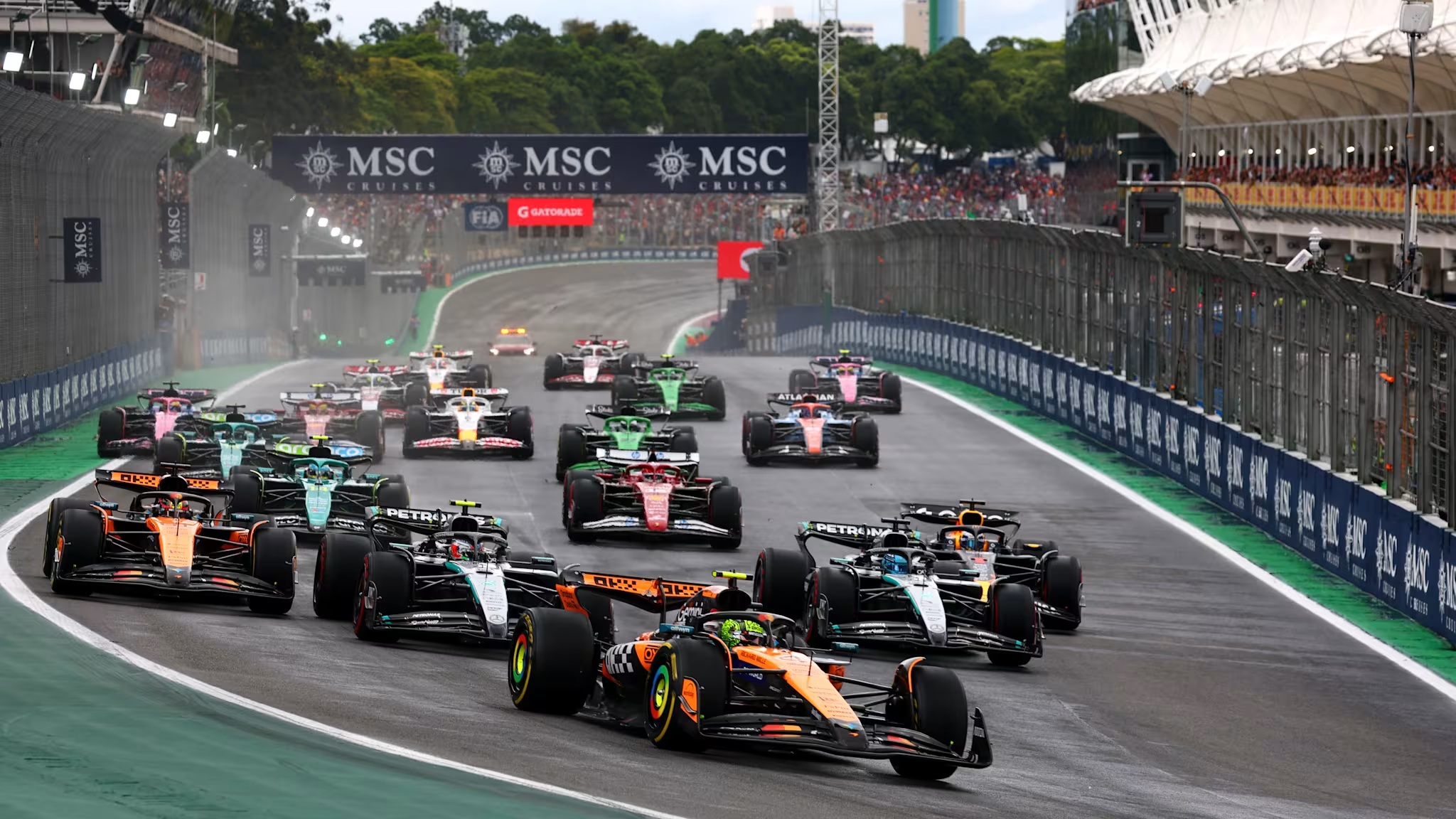Looking beyond short-term results to understand when a team really is in poor form

It is funny how quickly fortunes can change.
It was barely five weeks ago that Liverpool had raced five points clear of Arsenal at the top of the Premier League table, with some asking whether the title race was over before it had begun.
Fast forward three Premier League gameweeks and it is Mikel Arteta’s side who are three points clear of nearest challengers Manchester City. Arsenal and City are the two most in-form teams in the league, having won four and drawn one of their past five games.
League champions Liverpool are in terrible domestic form, losing three Premier League games in a row for the first time since February 2021 — incidentally, the season of their last attempted title defence.
Anyone glancing at the Premier League table will fixate on the “W”, “D”, and “L” symbols that are often bolted on to show a team’s most recent five results. We tend to place a lot of emphasis on a side’s “form”, often as a yardstick to predict their fortunes for the coming weeks.
The reality is that it does not matter how you accrue your final points tally by the end of the season, and there is evidence to suggest that we overestimate the impact of recent form on future outcomes. Some might have long winning spells before a dip in results, while others might be a little more streaky in hoovering up a few wins, draws and losses as they navigate the campaign.
Form is also relative to the team in question. The microscope is focusing on Arne Slot’s side for their three consecutive league losses because it is so unusual for Liverpool to have a run like that. Fewer people are looking at Fulham in the same way, despite Marco Silva’s side also losing their most recent trio of games.
The eye test will often tell you when a team is in “poor form” — but can we objectively quantify it?
GO DEEPER
When is the Premier League’s sacking season – and should clubs be more patient?
Of course, a reliable method for measuring a team’s performance is to use underlying metrics to understand the team’s process more than its outcomes. For example, expected goals can provide a statistical signal to show that fortunes might soon turn around if a team continues to create chances at a similar rate.
Still, it is points on the board (or lack thereof) that can either mask all manner of sins or plunge a manager into hot water. Whether we like it or not, the perception of a team’s form is largely determined by results.
To take a zoomed-out view, we can track the peaks and troughs of a team’s form by simply mapping their 10-game rolling average for points per game over time. A single loss might still be costly at the top of a table, but the graphic below shows the wider context of Liverpool’s points haul across the previous seven seasons.
Aside from a few dips, they have remained particularly consistent over the past four campaigns.
Rather than map those dips by eye, we can easily create a statistical indicator for moments of poor form within those trends above.
To do this, we can take a smaller five-game sample and flag any periods where the rolling average falls one-third (or 33.3 per cent) below the respective previous 38 games, equivalent to a rolling season.
This allows us to measure poor form relative to the specific club, rather than simply identifying when a team gathers fewer points within a specific period. Overlay that method on our previous graphic, and we can identify periods of poor form, with the width of the bars denoting the length of time the slump lasts.
In case it was not obvious by now, Liverpool are — statistically speaking — in a period of poor form.
The graphic above also identifies the end of last season as another period when Liverpool fell below par. A return of two points from their final four games was understandable after securing the title against Tottenham Hotspur at the end of April, but the drop-off in momentum has been hard to build back up this year despite winning their opening five games.
How does this compare with their fellow title contenders in recent years?
For Arsenal, consistency of performances and results is so important to Arteta, with the 43-year-old often highlighting its significance in building them back to being one of Europe’s elite sides.
“I know very well the history of the Premier League and the teams that have been in 70 per cent of the situations that we’ve been in. They have collapsed, completely collapsed, and we haven’t,” Arteta said on the final day of last season.
“I really value that because that shows that we have built something that is very, very sustainable and consistent, regardless of people who don’t like to see it.”
Mapping over time, Arsenal’s form has been remarkably consistent over the past three years. Arteta will have learned a lot from the 2022-23 campaign, where the main dip came at a crucial time in April after three successive draws against Liverpool, West Ham United and Southampton, followed by a loss to Manchester City. Ultimately, it cost them the league.
Since then, there was only one ‘dip’ in form all season in 2023-24, triggered by back-to-back losses to West Ham and Fulham. Last season, injuries and suspensions contributed to Arsenal going four league games without a win (two losses and two draws), with another end-of-season slump coinciding with a greater push in the Champions League — winning only one of six games between matchday 31 and 36, racking up four draws.
Manchester City have made a mockery of title-winning points tallies in recent years, but Pep Guardiola showed he was human after all when City’s form fell off a cliff in the winter months last season.
For Guardiola, there has never been a bigger desire to regain some long-term consistency this year.
“You will see through the results,” City’s manager said at the end of August. “When you will be able to win four, five, six games in a row, winning or competing well or being stable in many departments, concede few, create much more, when we have game by game — concede few, create more, concede few, create more and more — and after that, I’ll say the consistency is back.”
City’s 2024-25 drop-off is all the more remarkable when compared with their previous six campaigns. To think Guardiola’s side are going to experience another dramatic slump in form would be to utterly ignore their recent history. Per The Athletic’s measure, they only experienced a single, fleeting period of poor form between 2020-21 and 2022-23.
Using this method across the league can allow us to quantify which Premier League teams are experiencing a poor run of form relative to their own expectations. Falling one-third below a season’s average within a five-game rolling period constitutes “poor form”, therefore a 33.3 per cent improvement in that time can be categorised as “good form”.
City are on a roll and Liverpool are stuttering, but Arsenal’s 19-point haul is made all the more impressive when considering this is to be expected now based on results over the past 12 months — this form can be considered “normal” for Arteta’s side.
They are not in a hot streak, but showing the consistency of champions.
Let’s return to our Fulham example. Despite losing three in a row, the analysis shows they are not actually in bad form when considering their respective points haul across the previous 38 games.
In an age when we are becoming increasingly short-termist in our perception of managers, this method can be a useful proxy to appraise a team’s form within the context of their respective results across the past 12 months.
Panicking your way into poor decisions off the back of a few bad results is, sadly, how the managerial merry-go-round often operates.
The ebbs and flows of results will occur for any team, but the best coaches are those who keep any short-term slumps to a minimum.





